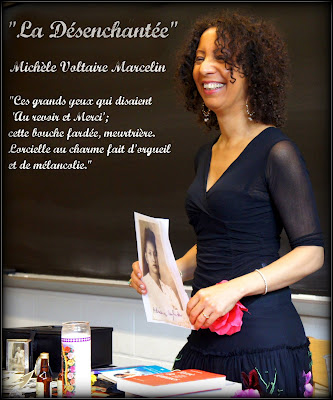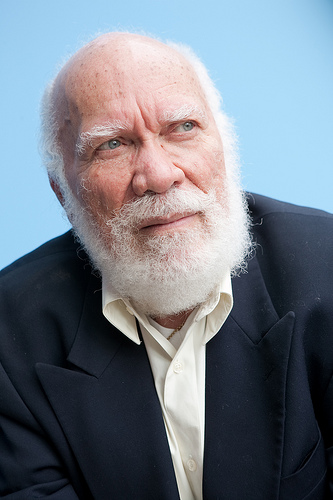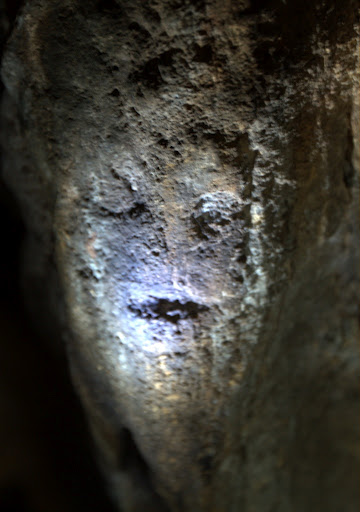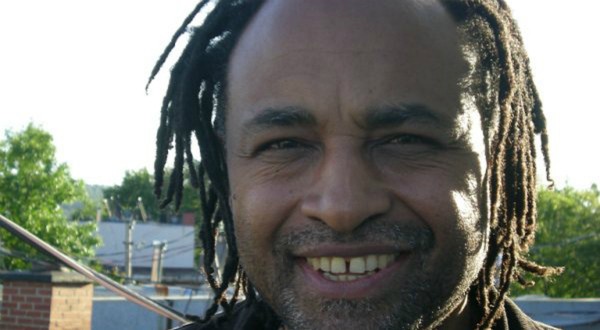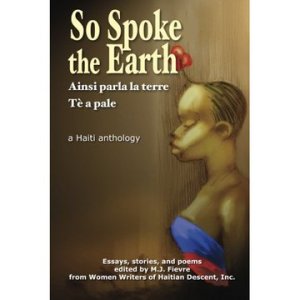June 2012:
Mi Espejo (French)
(Claude Sainnécharles partage, avec beaucoup de plaisir, l’illustration réalisée par Marlen Guérin, aquarelliste-illustratrice canadienne, pour la traduction du recueil de poésie Los espejos del tiempo (Les Miroirs du temps)
On peut être un homme sans être un savant
(Paroles prononcées par Gotson Pierre le 2 juin 2012 au Parc du Souvenir lors des funérailles de son père Pressage)
So Spoke the Earth: An Anthology
***
May 2012:
Face à face à Vassar (French)
(Michèle Voltaire Marcelin, auteur invitée, a fait une lecture-spectacle de “La Désenchantée” à Vassar cet Avril 2012.)
Rodney Saint-Eloi, l’éditeur haïtien aux mille identités (French)
(Article de Valérie Marin La Meslée, véritable portrait de Rodney Saint-Éloi)
Haiti- Taino petroglyphs and pictographs (English)
(One of the most fascinating and at-risk aspects of Haitian caves are the hundreds of Taino pictographs and petroglyphs that can be found throughout the country.)
Lancement de “L’Aménagement Linguistique en Haïti” (French)
(Publication des Éditions du CIDIHCA)
Cinq auteurs en lice pour le Prix littéraire de la Fondation Prince de Monaco (French)
(Franketienne, Alain Mabanckou, Victor-Lévy Beaulieu, René de Ceccatty et Jean-Paul Kauffmann ont été sélectionnés pour le Prix littéraire de la Fondation Prince Pierre de Monaco qui sera décerné le 2 octobre dans la Principauté.)
A CNN Hero (English)
(Recognized as a 2012 CNN Hero: Malya Villard-Appolon, co-founder of KOFAVIV, and a stunningly persistent and effective advocate for poor women in Haiti who are victims of sexual assault.)
Tan Lontan (French)
(Photos de la Collection CIDICHA)







